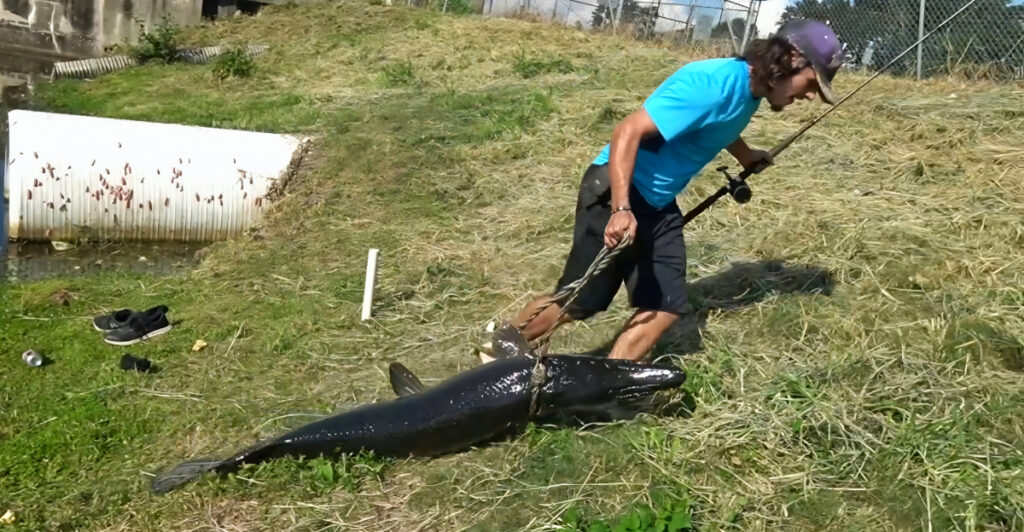
Sure, the deep sea has sharks, black holes (kind of), and giant squids we pretend don’t exist—but some American rivers are way more dangerous than they look. You think calm water means safe? Think again.
From hidden currents to sudden drop-offs, these rivers have taken lives, flipped boats, and blindsided even experienced swimmers. And the worst part? A lot of them are tourist hot spots people wade into like it’s no big deal.
So before you plan that float trip or snap your kayak selfie, let’s get real. These eight U.S. rivers have claimed more than their fair share of headlines, rescues—and regrets.
1. The Mississippi River

Don’t let the slow roll fool you—the Mississippi is one of the most deceptively dangerous rivers in the U.S. Its wide surface hides intense undercurrents that can sweep you away in seconds.
With over 2,300 miles of winding water, weather shifts and flash floods make conditions unpredictable. And the debris? Logs, metal, and even entire trees lurk just below the surface, ready to capsize boats or injure swimmers.
From drowning incidents to boating accidents, this river has earned its deadly reputation. If you’re near the Mississippi, don’t just dip in. Know the risks—and respect the current.
2. The Kern River
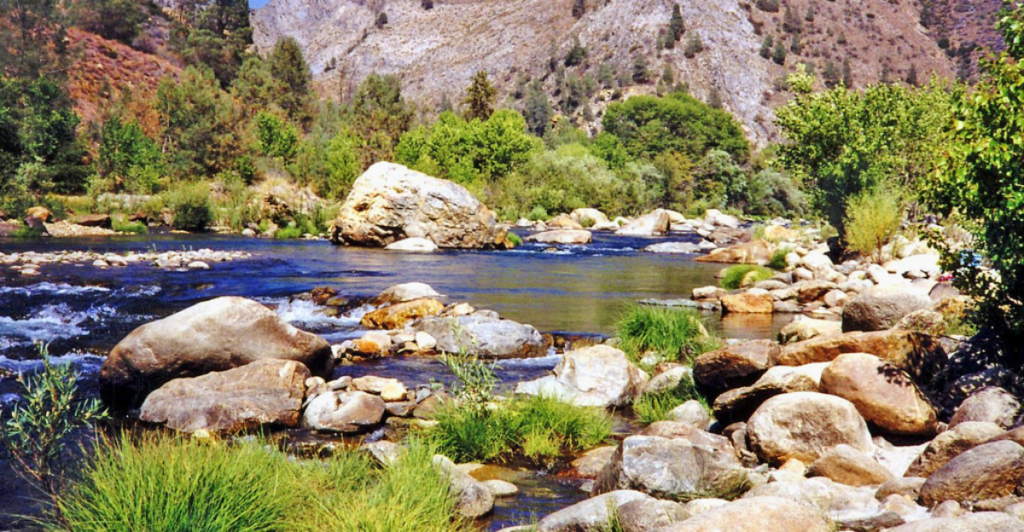
They call it the “Killer Kern” for a reason. Tucked in California’s Sierra Nevada, this river is breathtaking—and ruthless. Over 300 lives have been lost here since the 1960s. Yes, 300.
The biggest culprit? Unrelenting rapids and icy, fast-moving water that looks calm until you’re in it. Sudden drop-offs, whirlpools, and debris make survival slim if you’re not trained or prepared.
There are literal signs along the river tallying up deaths like a scoreboard. If you’re thinking about tubing through the Kern? Think twice, wear a life jacket, and maybe… just stay on the trail.
3. The Potomac River
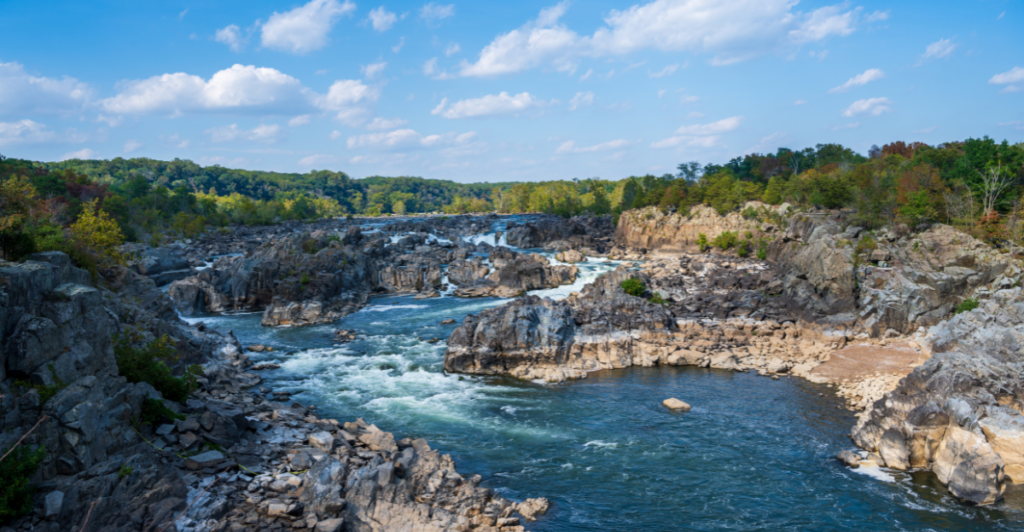
You don’t expect to find one of America’s most dangerous rivers in the nation’s capital—but the Potomac near Great Falls is downright lethal. The views? Stunning. The rapids? Unforgiving.
This river’s slick rocks and powerful undertows have killed dozens. Even shallow-looking areas can sweep you off your feet and trap you in underwater hydraulic currents.
Locals know better than to wade in near the falls, but tourists? Not always. Warning signs are everywhere, and they’re not exaggerating. One misstep and the Potomac will remind you that beauty bites.
4. The Colorado River
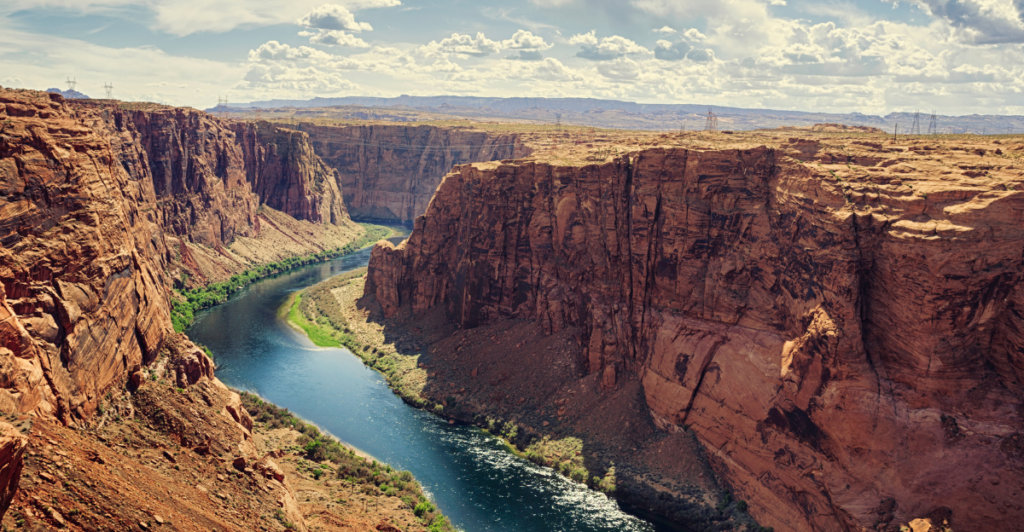
It’s the bucket-list rafting destination—but the Colorado River is no joke. Especially in Grand Canyon territory, this beast throws everything from class V rapids to flash floods your way.
Rafting trips have turned deadly when weather changed mid-ride or boaters underestimated the force of the water. Lava Falls is one of the most infamous rapids in North America—and not for nothing.
Even seasoned adventurers double-check their gear, guides, and game plans before hitting the Colorado. It’s majestic, yes—but also one wrong move away from mayhem.
5. The Merrimack River
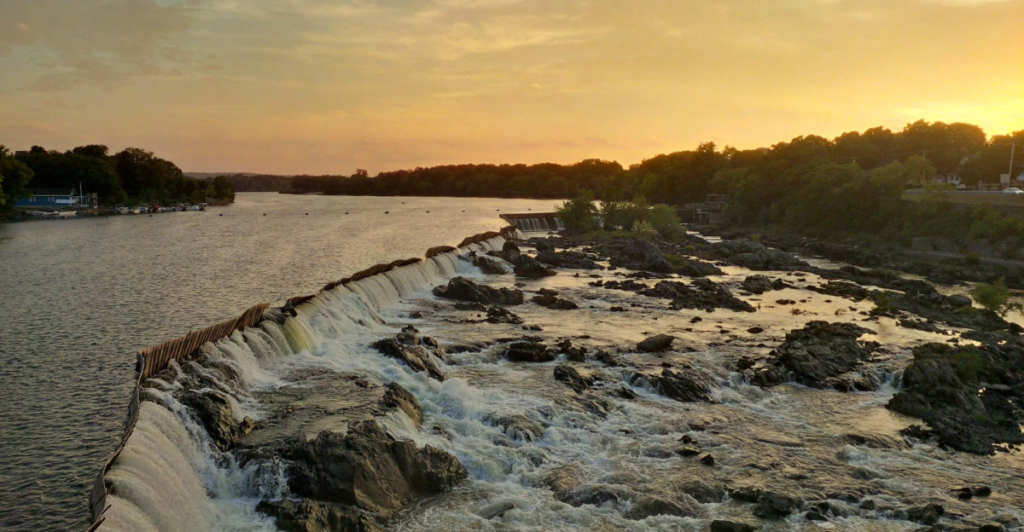
Running through Massachusetts and New Hampshire, the Merrimack looks chill—until it’s not. This river is famous for rapid water level changes and powerful undercurrents that don’t always announce themselves.
It’s also loaded with rocks, manmade debris, and dam discharge points that catch people completely off guard. Drownings have occurred even during “safe” weather.
Locals often underestimate the risk because the river passes through populated areas. But a history of fatalities proves the Merrimack’s got teeth. Treat it with caution—or risk getting pulled under.
6. The Hudson River
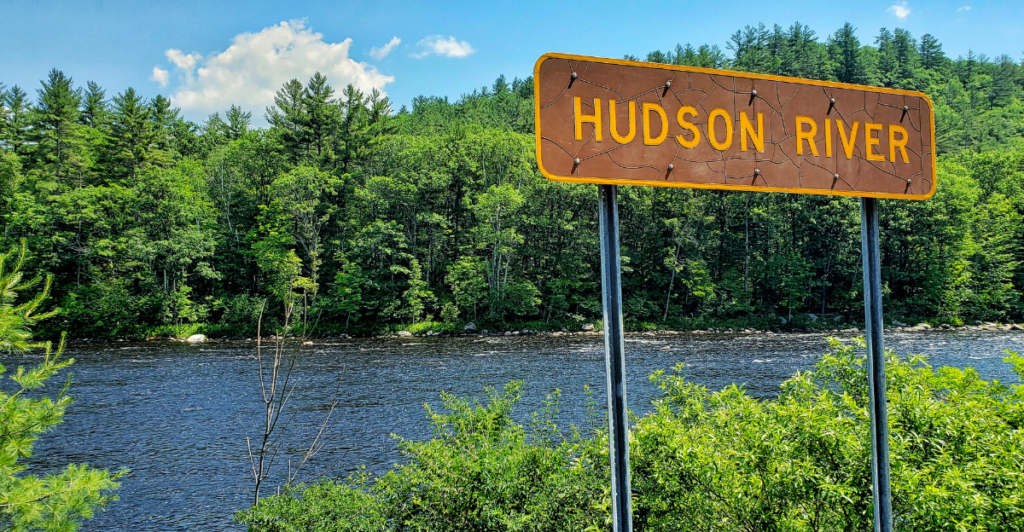
You might think New York’s Hudson River is just a big backdrop for city views—but it’s loaded with hazards. For starters: tidal currents. They reverse direction and speed up without warning.
Then there’s the heavy boat traffic. Barges, ferries, and speedboats don’t exactly swerve to avoid swimmers. Add to that water pollution, floating debris, and hypothermic temps? Recipe for disaster.
Several drownings and boating collisions have occurred along this river, especially near the George Washington Bridge. Swimming isn’t illegal, but maybe stick to admiring it from the pier.
7. The Columbia River
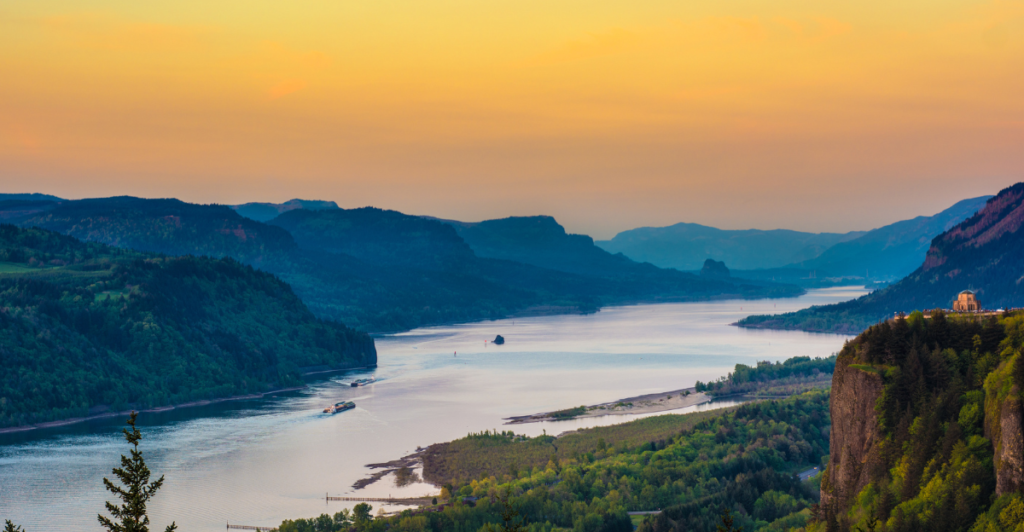
The Columbia River straddles the Washington-Oregon border and feeds directly into the Pacific Ocean—through a section nicknamed the “Graveyard of the Pacific.” Sounds promising, right?
This river’s mouth is chaos: rogue waves, shifting sandbars, and weather changes that’ll catch even pros off guard. Hundreds of shipwrecks litter the Columbia Bar, where river and ocean meet.
Inland, swift currents and icy temperatures keep it dangerous. The beauty draws people in, but the Columbia doesn’t care about your selfie. Know your tide charts—or don’t go at all.
8. The Delaware River
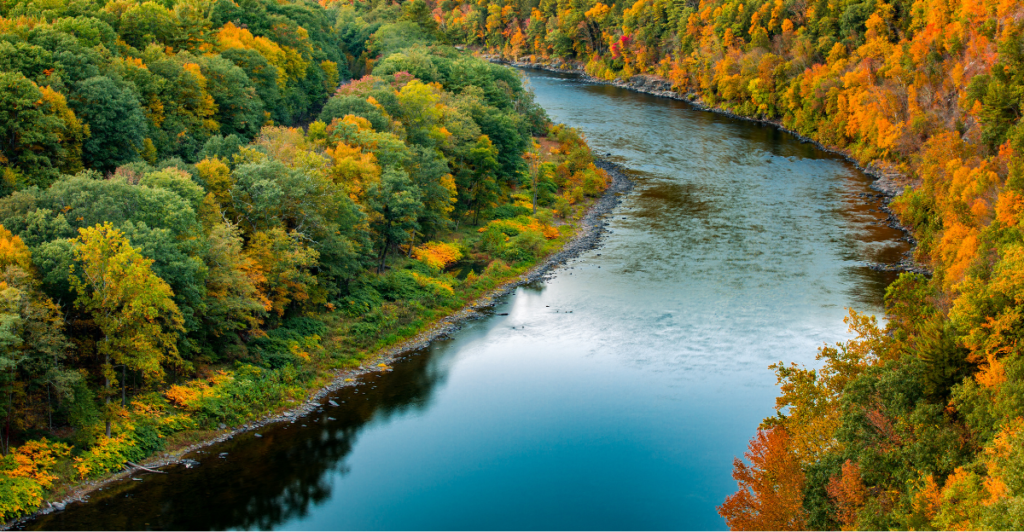
The Delaware might seem harmless, but it’s stealthy. Strong currents, hidden rocks, and variable depths have made this Northeast river a surprisingly deadly one.
After heavy rain, this river becomes especially treacherous—swallowing up entire hiking trails and washing out popular swimming spots. Several drownings occur each year, often from misjudging the current or venturing in without a life jacket.
Just because you’ve seen someone tubing down it on TikTok doesn’t mean it’s safe. If anything, it’s proof that people take its danger way too lightly.
The Calmest Water Often Hides the Deepest Threats
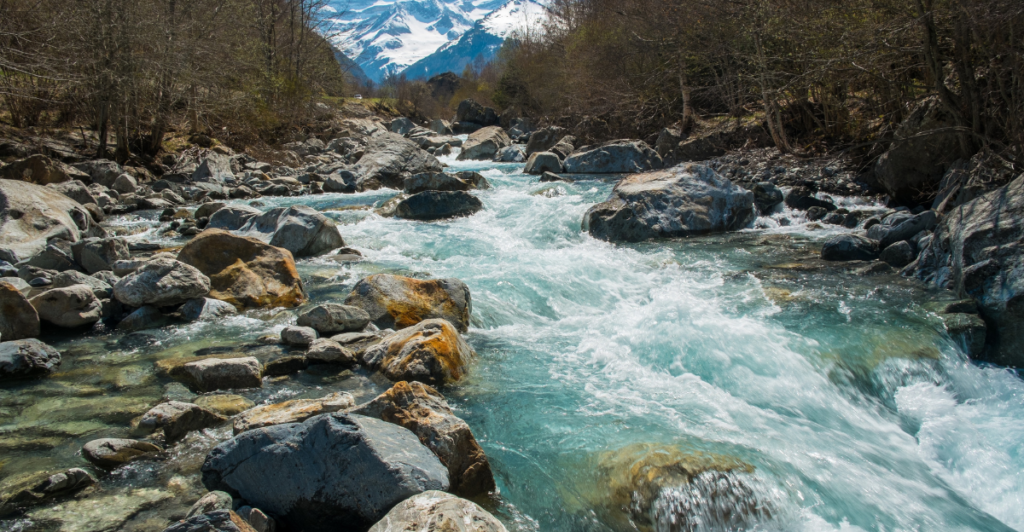
Here’s the thing: Rivers don’t need sharks to be dangerous. They’ve got currents, drop-offs, flood surges, and unpredictability. You wouldn’t free-dive into a riptide—don’t treat these rivers any differently.
Respecting the water is key. Life jackets, weather checks, and common sense aren’t optional. Whether it’s the Mississippi’s undercurrent or the Kern’s icy flow, these rivers demand caution.
You don’t have to fear them, but you should absolutely know what they’re capable of. Because the most dangerous river isn’t the fastest—it’s the one you don’t take seriously.
Explore more of our trending stories and hit Follow to keep them coming to your feed!

Don’t miss out on more stories like this! Hit the Follow button at the top of this article to stay updated with the latest news. Share your thoughts in the comments—we’d love to hear from you!







